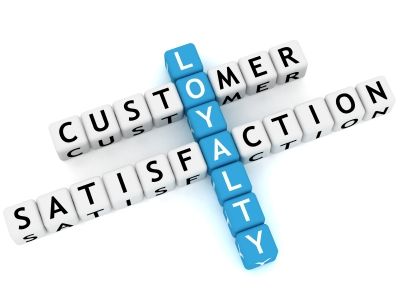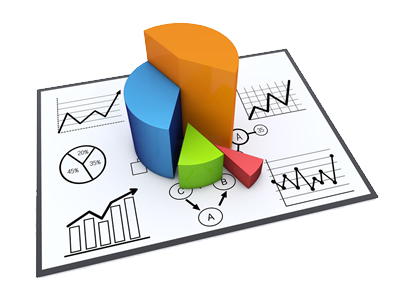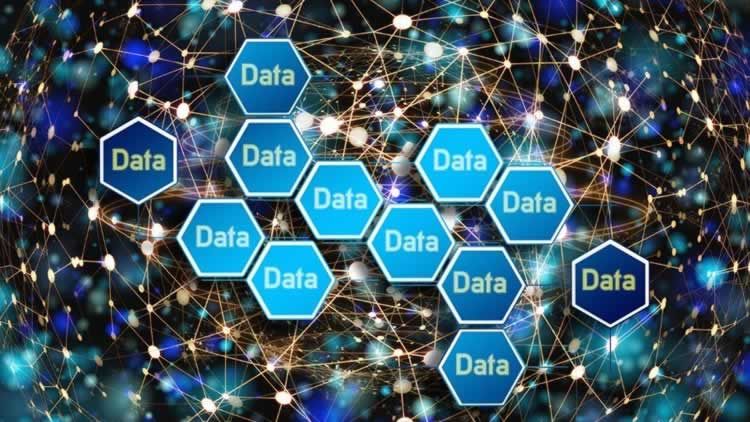Why Data Analysis is so Important for Associations?
News & Trends
Associations collect an immense amount of data from their members each and every day. Let's just think about all the touch points, interactions, and transactions, attended events between active members and the association's team over time.
It is a treasure trove most companies can only dream of. Yet, data analysis so far has been a stepchild for top management in most associations - at least generally speaking. Only organizations which are involved in grants are more exposed to the art of reporting to the government to be in line with grant compliance.
This article intends to shed light on the incredible opportunities Artificial Intelligence (AI) can assist associations with data analysis and generating valuable insights. (Caution, this becomes a bit technical. It is highly informative though):
1. Data Processing and Cleaning: 
As mentioned, associations often have large volumes of data from various sources, such as member records, surveys, website analytics, and social media. AI can automate the data processing and cleaning tasks, removing inconsistencies, handling missing values, and standardizing the data. This is the domain of specialized data scientists who ensure that the data is accurate and ready for analysis.
2. Pattern and Trend Identification:
In technical terms, many AI algorithms analyze large amounts of association data to identify patterns and trends that may not be immediately apparent. By using techniques such as machine learning and data mining, AI can uncover hidden relationships and correlations within the data. This can help associations gain a deeper understanding of member behavior, preferences, and engagement patterns in real-time. How can associations take advantage of this new technology? Read on...
3. Predictive Analytics:
AI enables associations to perform predictive analytics by building models that forecast future outcomes based on historical data. For example, associations can predict member churn, event attendance, or engagement levels. These predictive models can assist in making data-driven decisions and implementing targeted strategies to improve member retention and engagement. Keep in mind that any predictive analytics require a large number of data, or the results will not be valid.
4. Member Segmentation: 
AI can segment association members into groups based on various attributes, such as demographics, interests, behaviors, or engagement levels. By applying clustering algorithms or classification techniques, associations can identify distinct member segments. This segmentation allows for more targeted communication, tailored content, and personalized experiences for each member group. WEEcommunicate is using its proprietary tagging logic to streamline the segmentation process.
5. Recommendation Systems:
If you shop at amazon.com or listen to music at spotify.com, then you get suggestions for "products other people looked at..." or "similar songs..." all the time. Both companies have mastered AI to recommend services and products.
When done right, AI-powered recommendation systems can suggest relevant content, resources, events, or opportunities to association members. These systems analyze member data, such as past interactions, preferences, and behavior, to generate personalized recommendations. This helps associations deliver targeted and engaging content, enhancing member satisfaction and retention.
6. Sentiment Analysis:
In the real-world, most feedback is given indirectly by actions, not by ratings. In other words, it is not explicit but implicit. Implicit feedback is tracked automatically, like monitoring clicks, view times, purchases, and more. Thus, it is much easier to collect. AI can analyze implicit member feedback and social media data, and explicit surveys to perform sentiment analysis. By employing natural language processing techniques, associations can gain insights into member sentiment, opinions, and preferences. This information can be used to measure member satisfaction, identify areas for improvement, and adapt association strategies accordingly. Think of it like being able to see what members are thinking about your organizations, topics etc.
7. Data Visualization:
After collecting and processing data, all this gained knowledge needs to be presentable to us humans. This is where visualization techniques come in. AI tools can create interactive and visually appealing data visualizations to present complex data in an easily understandable format.  By using techniques like data dashboards, charts, and graphs, associations can effectively communicate insights to stakeholders, making it easier for decision-makers to grasp and act upon the information.
By using techniques like data dashboards, charts, and graphs, associations can effectively communicate insights to stakeholders, making it easier for decision-makers to grasp and act upon the information.
In a nutshell, AI can really streamline and enhance the data analysis process for associations, allowing them to gain deeper insights, make informed decisions, and deliver personalized experiences to their members. Doesn't this sound exciting?
About Us: WEEcommunicate.com specializes in innovative customer engagement technologies. Our All-In-One Cloud Software Solution empowers organizations to market intelligently, increase lead-to-sales conversions, and reduce IT costs dramatically through our proprietary cloud technology platform. We offer an APP Suite with a full set of APPs to support most business models online at low cost.
Related
Address
WEEcommunicate.com
3109 Grand Avenue , Ste 416
Miami, FL 33133
USA







